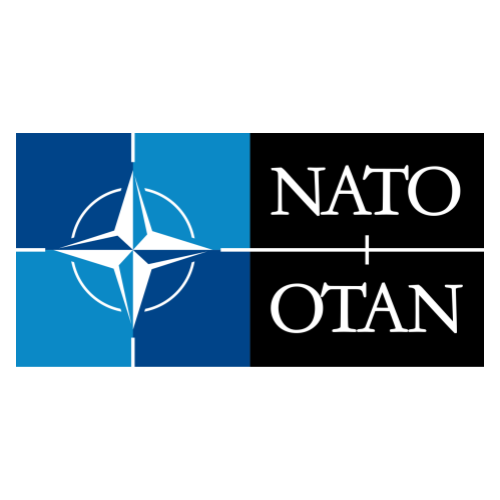Over 24-months, the Vulnerabilities of the Drone Age (VDA) project team, led by Dr James Rogers and Dr Dominika Kunertova, gathered evidence from three NATO Science for Peace and Security (SPS) funded Strategic Foresight Analysis workshops to analyse the global proliferation of drones to hostile state and non-state actors. The present report focuses on drone threats posed to NATO Member and Partner Nations and is separated into three sections: ‘Drone Attack’, ‘Drone Defence’, and ‘Future Threats’.
NATO The Vulnerabilities of the Drone Age Established Threats and Emerging Issues out to 2035Our findings, summarised below, detail the most concerning vulnerabilities of the drone age:
1 Drone Attack: The Threat from Hostile State and Non-state Drones
• We have entered a new age of assassinations: Weaponised drones with ever greater lethality, payload, and range are increasingly being used in the attempted assassination of NATO allied political and military leaders.
• The drone will always get through: For the first time in a generation, a viable and deadly threat from hostile enemy airpower has emerged. Advances in range, payload, information transmission, multi-drone teaming and precision-strike necessitate a rethinking of so-called ‘Asymmetric Warfare’ and existing form of force deployment.
• Drones can be both unarmed and dangerous: Unarmed fixed-wing and quadcopter drones, of various sizes, provide state and non-state adversaries with a range of threatening capabilities. For example, at a tactical level, these smaller drones feature prominently in intelligence, surveillance, electronic warfare measures and target acquisition to increase precision lethality from ground-based systems.
• Beyond the state/non-state nexus: Drone supplies have moved beyond the control of the nation state as non-state proxies develop their own local manufacturing bases and commercial supply lines.
2 Drone Defence: The Challenges of Countering Drones
• The defender’s dilemma: ‘The good guys need to be on guard always, the bad ones need only to succeed once.’ Drone countermeasures should
always focus on capturing the human operator and weakening the industrial base, not just stopping the drone.
• Air defence has been neglected for a generation: To preserve the tactical and strategical advantage, NATO Members and Partners need to invest in next-generation recruitment, training, and technology for Command and Control and Air Defence.
• Detection and interception in urban environments: Drone use in urban spaces opens a vulnerability gap that needs to be taken seriously. A well-defined legal and regulatory architecture matters for both safety and security reasons.
3 Future Threats and Opportunities out to 2035
• Drone swarms, autonomy, Artificial Intelligence (AI): Technological advances will allow for a lethal use of unmanned platforms with a decreasing human involvement. This will pose new challenges to drone defences in both qualitative and quantitative terms.
• Proliferation of land, air, sea, and under water drones will expand the domains and dimensions of drone threats: ‘The Third Drone Age’ will be defined by full spectrum drone warfare; a phenomenon that will alter the character of warfare and is thus in need of further evaluation.




